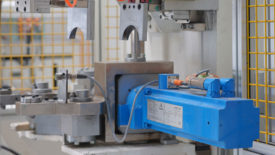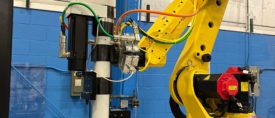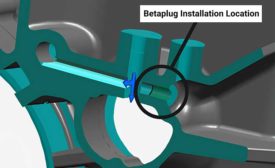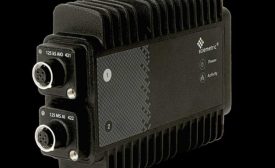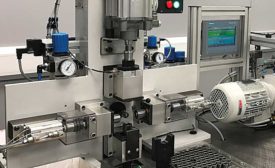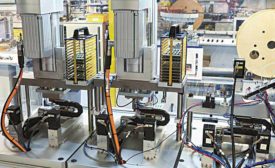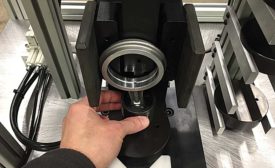Home » Keywords: » press-fit assembly
Items Tagged with 'press-fit assembly'
ARTICLES
Servo Presses Ensure Quality of EV Axles
Force-displacement monitoring enables precision assembly of EV drivetrain components
August 7, 2023
Optimizing Work Cells for Press-fit Assembly
There are many ways to boost productivity in pressing operations.
June 27, 2023
Fastening, Pressing and Industry 4.0
Engineers can do more with force and torque data than simply make “good” or “not good” decisions about assemblies
May 15, 2020
Best Practices for Press-Fit Assembly
Parts of various sizes, shapes and materials are often assembled with an interference fit.
September 14, 2017
Never miss the latest news and trends driving the manufacturing industry
Stay in the know on the latest assembly trends.
JOIN TODAY!Copyright ©2025. All Rights Reserved BNP Media.
Design, CMS, Hosting & Web Development :: ePublishing


